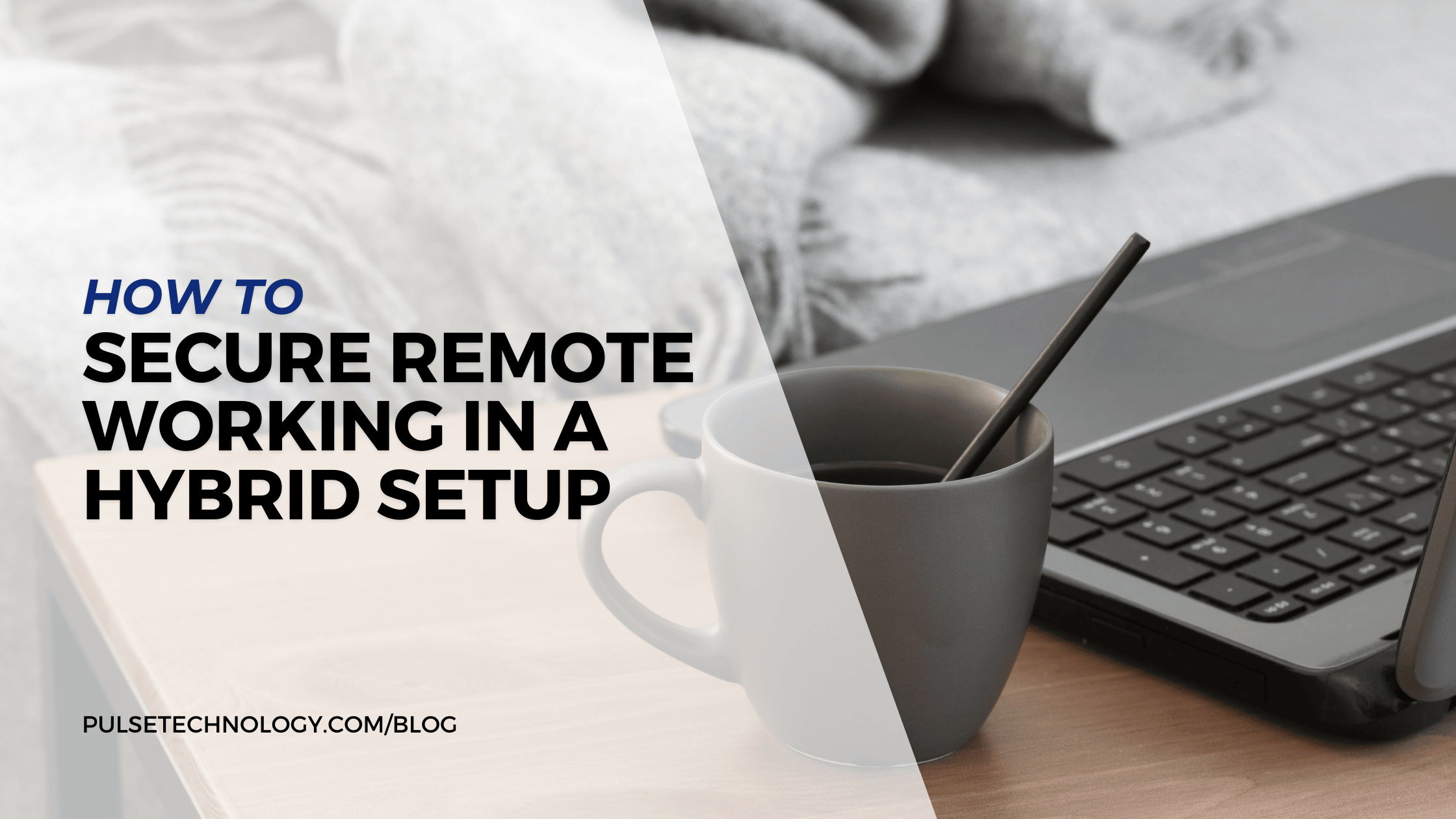Round Out That Home Office with the Right Scanner
From the looks of things, remote work is here to stay – at least for a while. While many home office workers may have waited to fully outfit their domicile workspaces in the hopes of returning to corporate digs, now may be the time to re-think that decision and add one of the most fundamental pieces of equipment – a business scanner. With offices continuing to go paperless, scanners have become an integral part of the office, home or otherwise.
Selecting the right scanner should be based on specific needs. Here are a few points to consider when choosing a scanner. First of all, what size documents do you mostly scan? Are they all letter-size, or do you need legal-size too? Then, there’s resolution to consider. Are your scanning needs primarily for text or do you need photo capability, as well? Take note, too, that not all scanners work with every software program.
So, what are the various types of scanners? Here’s a brief rundown.
Flatbed scanners are perhaps the most common. Documents are placed on glass, and the scanning mechanism moves beneath to capture the image. A flatbed is a good option for businesses with basic scanning needs or that require high-processing capabilities. It should be noted that a flatbed can also scan 3D objects and documents that can easily be damaged. A plastic sleeve on the scanner protects documents during the scanning process.
Sheetfed scanners are fairly similar to flatbeds, however the document moves through the scanning beam on a roller. Most sheetfed scanners feed pages automatically and work well for scanning multiple pages. Some sheetfed scanners can scan both sides of a document but they do come at a higher price.
Handheld scanners are portable devices that can capture text or images when away from the office. They typically use batteries and can store an image until it can be transferred to a computer.
Optical scanners are designed for specific usage. They include integrated scanners that capture images as part of another device. For example, Automatic Teller Machines (ATMs) use this type of scanner to process checks. Optical scanners are most often used when resolution is critical.
Contact Pulse to learn more - (888) 357-4277.



